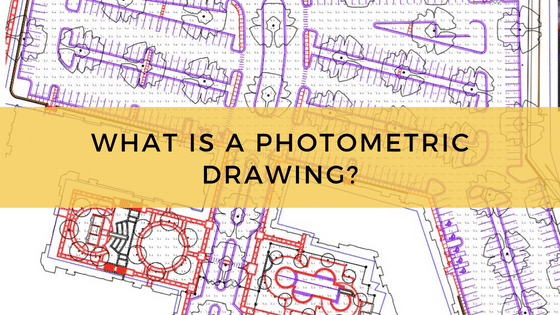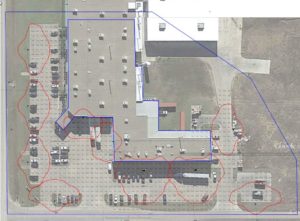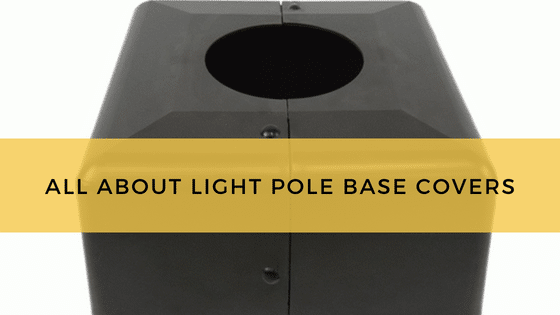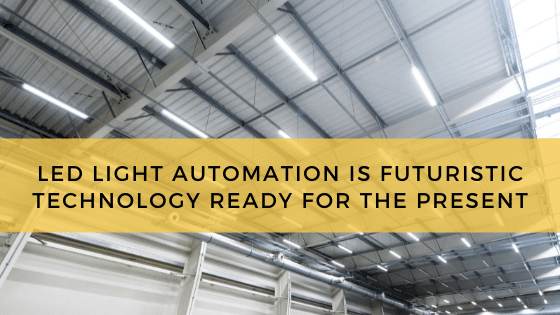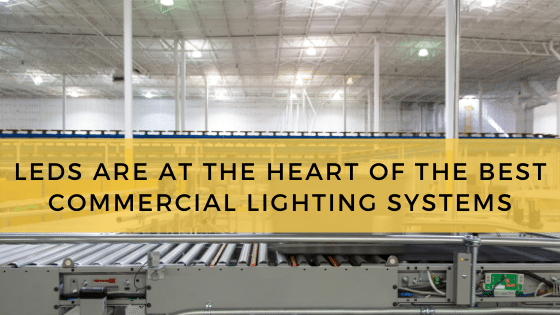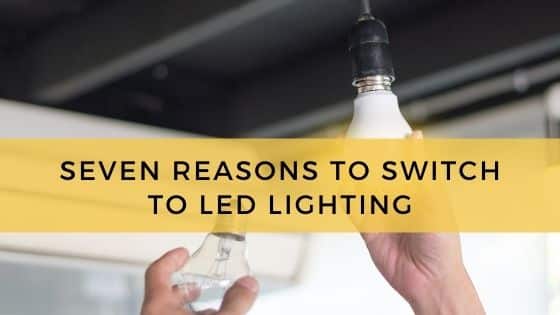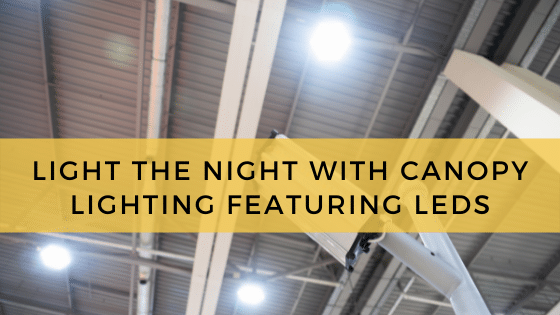
With hundreds of landscape lighting products to choose from, it’s a challenge to know where to start when designing a landscape lighting system. To keep it as simple as possible, we offer complete outdoor lighting kits.
Each kit comes with everything you’ll need to illuminate your home like a professional. You won’t need to sort through hundreds of fixtures and components to piece together your system. You won’t need to pay for professional installation. That means you can get a professional look without a professional price – and it’s all bundled together for maximum convenience.
What Items Does A Landscape Lighting Kit Come With?
Every landscape lighting kit has what you’ll need to design and install your system. Inside, you’ll find:
- A set of luminaires. Luminaries include the lamp and associated components that distribute the light and protect the fixture. In other words, the optics and housing. Included luminaries are usually either path lights (sometimes called area lights) or bullet lights. Some kits include both, so you can get both lighting effects.
- A low voltage transformer, responsible for stepping down line voltage so the fixtures can safely operate. Standard operating wattage for landscape lighting transformers is 100W.
- Heavy duty cable, long enough to connect all the fixtures. This cable will be buried underground, so it should be heavy gauge.
- Some sets of landscape lights also come with additional control components, like a photocell timer for automatic on/off switching.
- Some outdoor lights also come with installation tools for easier placement and mounting.
Can I Install Landscape Lights Myself?
Professional landscape lighting installation may cost thousands of dollars, but if you’re willing to dedicate an afternoon to the process, it can be done yourself. Roughly, this is what the process looks like:
- Verify where existing buried cables are located – Before installation is complete, you’ll need to do some digging and burying, so first locate all existing underground cables. This is a critical safety step and it is important that you call 811 before beginning. While most utility lines are installed at least 18 inches below ground level, older lines may not adhere to this standard. By calling 811, each utility company will come out and flag the location of their lines so you know where not to dig.
- Put the fixtures together – Prior to mounting anything, you may need to put the fixtures together. This is simple stuff, like installing light bulbs and mounts to the fixtures.
- Mark and dig out trenches for wire runs – It’s your choice where the fixtures go, as long as you have enough length of wire. If you haven’t mapped out everything, take the time to do so and mark out the wire runs in the yard. By doing so, you’ll know if you have enough cable to work with and you’ll know where to dig when it’s time.
- Find a spot for the transformer and mount it – The transformer is the heart of your system. It delivers power to the low voltage lights and ensures they operate safely.
Installing and working with the transformer is the most technically complicated part of the process, and takes a few tools to manage. You’ll likely need some pliers, a flat head screwdriver, a Philips head screwdriver and a drill (a hammer drill if you’re installing in masonry). You’ll also need some wire cutters and a wire stripping tool.
The transformer needs at least 12 inches of space on all sides and should be placed at least 30 feet away from any water features. Most people choose to mount their transformer to the side of their house and run the cable through a PVC sleeve that runs underneath. - Wire everything up – Once the transformer is mounted, you’ll need to connect each fixture’s wiring to the transformer.
Make double sure that the transformer is not receiving power before continuing. You’ll have a chance to test the landscaping lights after everything is wired.
Connect your transformer to the system’s main runs (the cables that will run close to each fixture). You may need to connect a 12V and 15V run separately to compensate for longer runs. The additional voltage in the 15V run helps offset losses in fixtures placed further away from the transformer.
Once the main runs are connected, wire each fixture’s leads to the main runs. Many low voltage lighting kits come with easy-to-use connectors to facilitate this, like twist on connectors. - Test and adjust the lighting – Supply power to the transformer and take a look around your property. If you’ve done everything correctly, your lights should be functioning. At this point, you can make adjustments as needed, to ensure everything is illuminated to your satisfaction.
Once the testing and adjustments are finished, pat yourself on the back for a job well done!
Three Reasons To Consider LED Landscape Lighting Kits
Modern landscape light sets are usually powered with LED technology. There are many reasons for this, and a few standout benefits of LEDs include:
- Brilliant, directional light quality – LEDs emit directionally, and some types of landscape fixtures take advantage of this. Bullet fixtures, for example, produce a strong beam of concentrated light (like spotlights) that can be used to illuminate trees, a garden, or interesting architectural features.
LED light quality is strong and comparable to halogen in terms of brilliance and color rendering potential. With LEDs, you won’t lose out on visibility or display quality. - Excellent operating efficiency – LED’s reputation as an efficient lighting technology is well-earned. Compared to halogen, it consumes 90 percent less energy per watt. LED’s lifespan is also impressive, extending out to 50,000 hours before replacement is likely. That’s far better than all other lighting technologies, so LEDs are much more cost efficient over the long run.
- Durability, reliability and safety – LED bulbs are extremely durable, as they don’t rely on sensitive components like filaments or gas chambers. That means they can take the occasional bump without any problems, which is handy when you’re DIYing an outdoor installation. There’s nothing more frustrating than setting up a fixture, only to find that you’ve damaged it somehow. Not a problem with LEDs.
Also, LEDs are less likely to shatter, and if they do break, they won’t release any harmful gasses or chemicals like mercury.
LED Spot Has Landscape Lighting Kits For Every Home Or Business
LED Spot offers a variety of landscape lighting kits, along with a deep inventory of lighting fixtures, lamps and accessories. If you’re ready to roll up your sleeves and show off your home in a new light, our team of lighting experts can help match your lighting needs to the best lighting kit available.

